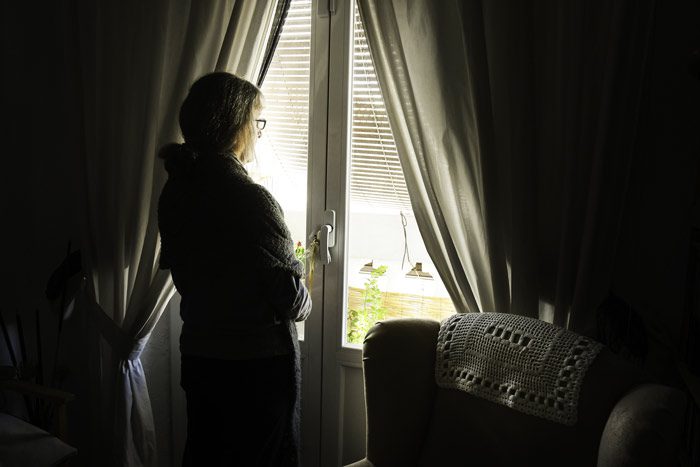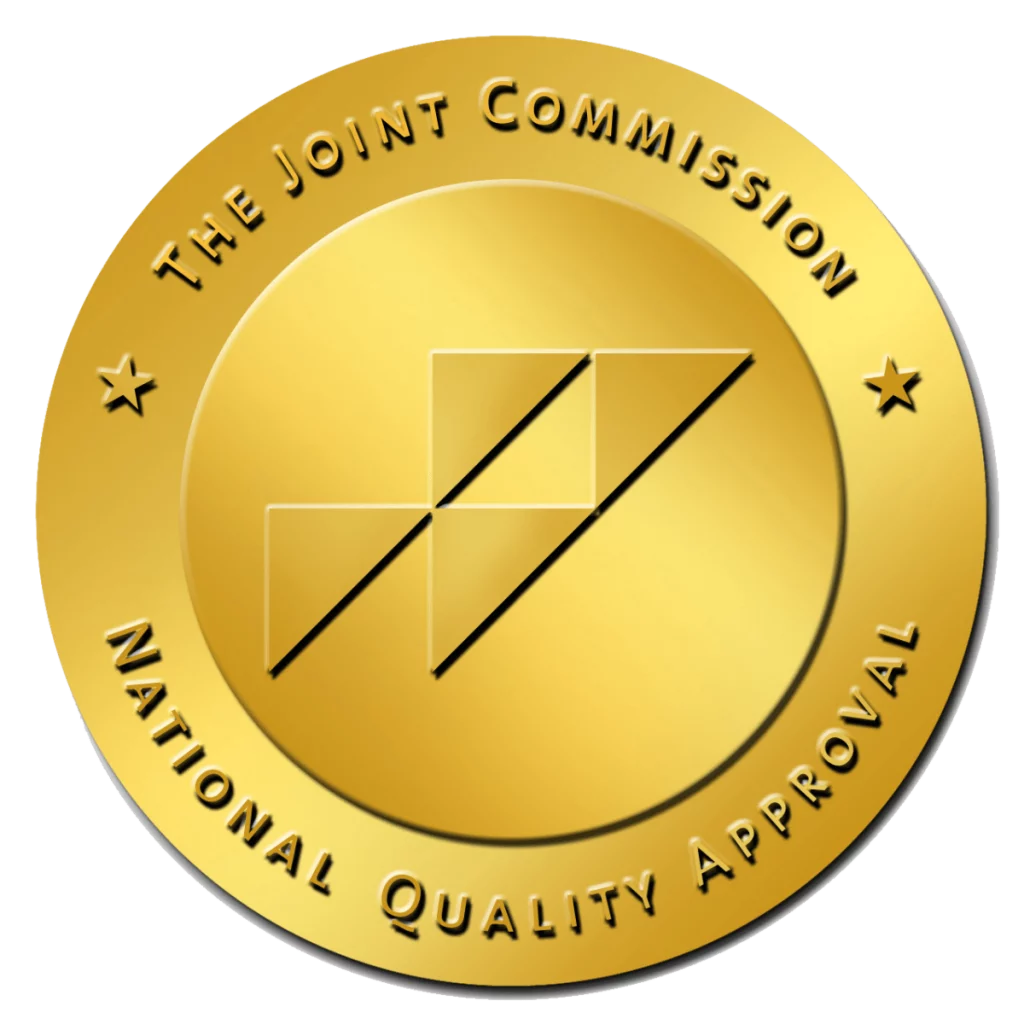In a less complicated world, there would only be one kind of depression. It would be easy to identify, easy to treat, and easily understood by both those who struggle with it and by those who don’t.
Unfortunately, the world we live in is a lot of things, but uncomplicated is simply not one of them.
The mental health disorder known as “depression” is actually a number of different disorders. The various types of depression share some symptoms but also have symptoms that are uniquely their own. Treatment can take a bit of trial and error when it comes to addressing them with medication—though therapy is consistently helpful across the various types of depression.
Let’s take a closer look at major depressive disorder, persistent depressive disorder, and bipolar disorder.
Major Depressive Disorder (Major Depression)
When it comes to depression—including major depressive disorder—it is important to remember that we are not just talking about feeling sad. Sadness is a common emotion—and an appropriate one in many situations.
Major depression, on the other hand, is a mental health disorder—though a sense of sadness that weighs on you for most of the time for the majority of a week is a key symptom. So too is discovering that you aren’t getting any pleasure out of activities that you traditionally enjoyed.
Additional symptoms may include:
- Agitation or restlessness
- Mental sluggishness, trouble concentrating, and difficulty making decisions
- A lack of energy and feeling sleepy during the day
- Difficulty sleeping at night
- A feeling of guilt or worthlessness
- Significant changes in your weight whether up or down
- Suicidal thoughts
A person suffering from major depression may not experience all of these symptoms. But if you experience ongoing sadness and/or a lack of interest in things that used to be enjoyable plus several of the additional symptoms above, your doctor may diagnose you with major depressive disorder.
Persistent Depressive Disorder
We noted above that symptoms need to last for two weeks or more to lead to a diagnosis of major depression. Two weeks can feel like a long time when you are struggling with depression, of course. But for those with persistent depressive disorder, the timeline is much longer.
A diagnosis of persistent depressive disorder indicates that a person’s depression has lasted for two years or more. For some people, persistent depression is relatively mild; for others, it can include all of the symptoms of major depressive disorder experienced over time. Many people land somewhere in between those two poles with the intensity of their depression varying. But while the symptoms may be mild sometimes and severe at others, the fact that depression is consistently impacting a person’s quality of life is the defining feature of persistent depressive disorder.
Bipolar Disorder
Bipolar disorder is characterized by emotional peaks and valleys. A person suffering from bipolar disorder experiences extremely high moods some of the time. They also experience extremely low moods some of the time. Those highs and lows were described by the phrase “manic depression”—with “manic” referring to the high periods and “depression” refers to the low periods. “Bipolar” now does the work of both words—“bi” indicating two and “polar” suggesting opposite emotional poles.
A person experiencing the high side of bipolar disorder may go days without sleeping and find themselves bursting with creativity and energy—but not wholly in control of their behavior. A person experiencing the low side of the disorder may have real trouble getting out of bed and have little to no interest in engaging with the world.
Bipolar disorder can make it difficult to navigate work and family life as the two sides of the disorder can prove disruptive in a variety of ways.
Let’s Talk Treatment for Depression
While the kinds of depression we have considered here vary, the appropriate approach to treatment is similar. Best results are usually obtained via a combination of medication and talk therapy. On the medication side of things, it may take some time to determine what works best and has limited side effects. On the therapy side, there are a variety of approaches that may prove beneficial, so that, too, can take some time. In both cases, patience may be necessary—but the resulting improvements will be worth the effort.
Peak View Behavioral Health Can Help
If you are struggling with any of the varieties of depression, we can help. Our Colorado Springs facility offers personalized, evidence-based treatment grounded in empathy and expertise. We can help you achieve improvements in your mental health and maintain those improvements over time. When you are ready to get started, we are ready to get to work.









